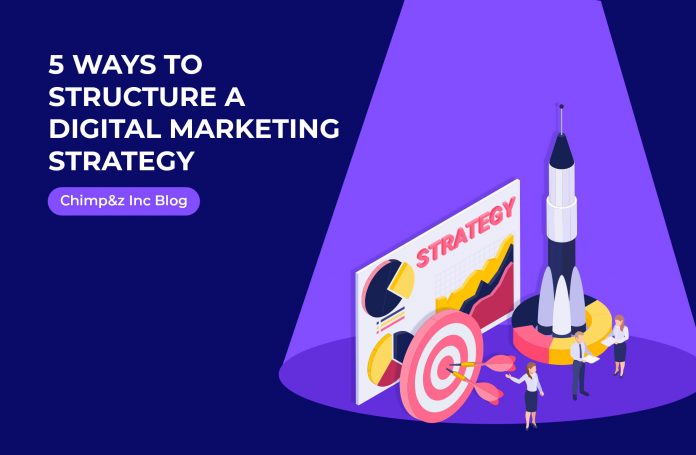What Is A Digital Marketing Strategy?
A digital marketing strategy enables you to connect with existing customers interested in your products or services by utilizing various digital channels such as social media, pay-per-click, search engine optimization, and email marketing.
Digital Marketing Strategy Framework
A digital marketing strategy framework is a document summarizing the marketing process’s flow, identifying critical requirements and key points. It ensures that nothing is overlooked in the complex process.
There are numerous digital strategy frameworks, such as communications, planning, and financing. Some incorporate everything, while others focus on a specific aspect. When creating your own, you must understand your company’s needs and priorities in order to create a model that meets your goals. To help you plan a digital marketing strategy framework, one can take the help of a digital marketing agency. For example, Chimp&z Inc is a Digital Marketing Agency in Mumbai that provides integrated digital marketing services, and they will help you create an effective strategy.
Here Are Some Ways To Structure A Digital Marketing Strategy For A Brand:
1. Identify Your Target Market.
Digital marketing allows you to execute campaigns with precise targeting. Be as specific as possible, and consider hiring the best marketers for your prospective clients to truly understand who they are.
2. Create A Strategy For Your Content
Create a content strategy based on your marketing plan and target market. This should determine the main topics or content buckets to incorporate into your operation.
Check out your competitors’ work, search through relevant hashtags to see what’s trending, and research what people are searching for in your segment for content inspiration.
3. Review Your Current Digital Media
Choose the channels that are most likely to produce the best results once you’ve identified the content that resonates with your audience.
Consider all of the possible digital channels, tools, and tactics. Then, prioritize your tasks. Consider how each channel contributes to the achievement of your objectives. Gather your resources and categorize them in a spreadsheet so you have a clear picture of your existing media.
4. Set Up Key Indicators And Performance Targets.
Each activity in which you engage should have a clear objective that serves as your success metric. Set benchmarks next, the goal you want to achieve. For example, you can use cost-per-lead by each channel and set up Key Performance Indicators to compare the success rate.
5. Analyze The Performance
One of the things that makes digital marketing so effective is its ability to evolve and adapt. You don’t have to stick to a set plan; instead, adjusting to the situation is essential. You should evaluate your performance according to the set indicators and make improvements.
It is very important to consider the above-mentioned points, right from knowing your target audience to analyzing the performance, to create an effective & efficient strategy for your brand.















